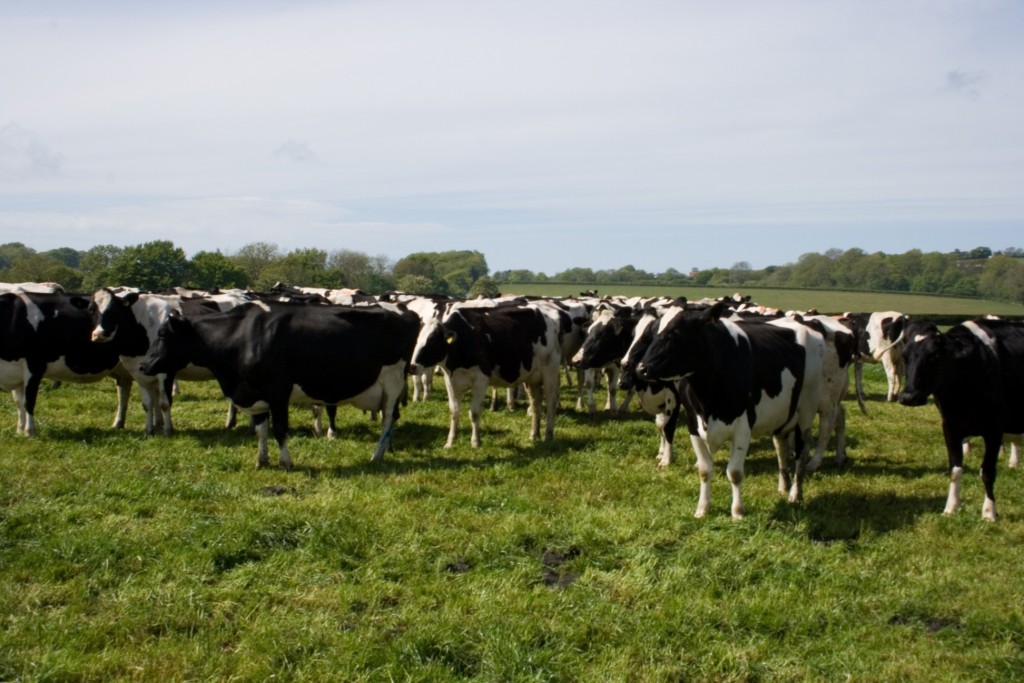Dairy and beef farmers should check grazing and parasite control strategies to guard against disease.
“Cattle turned out to pasture should be clear of parasites, having received any treatments required to remove worms over the housing period,” says Merial Animal Health’s Veterinary Adviser Sioned Timothy. “If animals are grazing contaminated pastures this spring, or were not wormed during housing, the risk posed by gutworms and resulting parasitic gastroenteritis (PGE) may be high.
“Yearling cattle not dosed with a wormer effective against the encysted stages of Ostertagia ostertagi in the autumn, and housed over winter, may be at risk from type II ostertagiosis as spring temperatures increase. Signs include sudden onset of severe scouring with loss of appetite and rapid loss of body weight.
“Although the prevalence of clinical disease is usually low, with only a proportion of animals in a group affected, mortality in affected cattle can be high.”
Planning grazing strategies now can help achieve optimal worm control, says Sioned. “PGE can be prevented in growing cattle by annual rotational grazing, ideally rotating cattle, sheep and crops; however, on many farms this is not possible,” she explains.
“Where safe grazing is unavailable, calves born during the previous autumn will almost certainly require worm treatments in their first full grazing season to control PGE. Farmers should put in place a strategic or targeted parasite control plan, depending on the farm history and risk of disease, to protect health, welfare and productivity during the coming grazing season.
“Lungworm should not be overlooked. Vaccination against lungworm must be completed before turnout and in many areas, it will now be too late to give adequate protection. In this case, anthelmintic treatments may be required for lungworm control. Farmers should get advice from their vet or animal health adviser on the best way of integrating lungworm control into their parasite control plan for the coming grazing season.”


